Imagine a world where molecules and materials, technically non-living, suddenly display behaviors we usually associate with living things. This is the bizarre realm of “zombie molecules”—entities that mimic life by moving, replicating, or even “feeding,” despite lacking any of the machinery of true organisms. From self-propelling droplets in labs to viral particles hijacking cellular machinery, these phenomena challenge our understanding of what it means to be alive. Recent discoveries have even inspired debates in both scientific circles and popular culture, blurring the line between life and non-life like never before.
1. Self-Replicating RNA
One of the most astonishing “zombie molecule” discoveries is self-replicating RNA. Scientists have engineered these RNA strands in the lab, enabling them to copy themselves in a process eerily similar to biological reproduction. Despite lacking cells or metabolism, these molecules perform a fundamental act of life: replication. Their behavior offers crucial clues about how the first life forms might have emerged from simple chemicals on early Earth. For more on this groundbreaking research, see Nature: RNA self-replication.
2. Prions
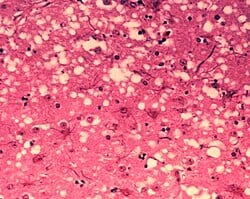
Prions are a haunting example of non-living matter behaving like something alive. These misfolded proteins can trigger normal proteins to adopt their abnormal shape, effectively “reproducing” themselves. Prions spread through tissues and persist in the body, much like infectious agents. Their uncanny ability to propagate leads to devastating diseases such as mad cow disease and Creutzfeldt-Jakob disease in humans. To explore the mysteries of these bizarre proteins, visit CDC: Prion Diseases.
3. Viruses
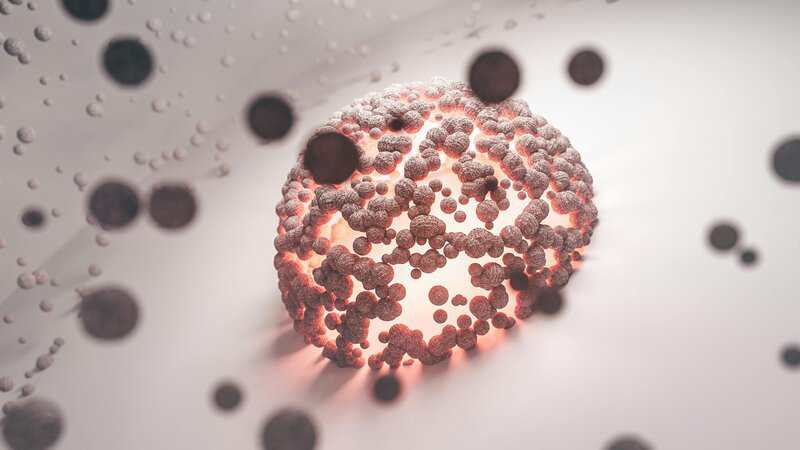
Viruses are perhaps the most famous “zombie molecules.” These tiny particles can do nothing on their own, remaining inert outside a host. Yet, once inside a living cell, they hijack its machinery to reproduce, evolve, and even adapt to new environments. This dual nature—lifeless one moment, destructive the next—makes viruses a compelling example of non-living things acting alive. Their ability to mutate and spread challenges traditional definitions of life. For more on what makes viruses unique, see NIH: What is a virus?.
4. Synthetic Protocells

Synthetic protocells are laboratory creations made from non-living chemicals, yet they can grow, divide, and even communicate in ways that mimic primitive life forms. These artificial cells provide a window into how life might have first emerged from inanimate matter. By observing protocells, scientists can probe the boundary between chemistry and biology, challenging our understanding of what it means to be alive. For a deeper look at these remarkable constructs, visit Science: Artificial cells.
5. Self-Healing Materials

Self-healing materials are a stunning example of non-living matter behaving like living tissue. These innovative substances can repair cracks or breaks on their own, thanks to embedded capsules or smart chemical reactions. Used in everything from protective coatings to structural components, they extend the lifespan of products by mimicking the healing process seen in nature. This blend of engineering and biology is revolutionizing construction and manufacturing. Explore the science behind these remarkable materials at MIT News: Self-healing materials.
6. Catalytic Nanomotors
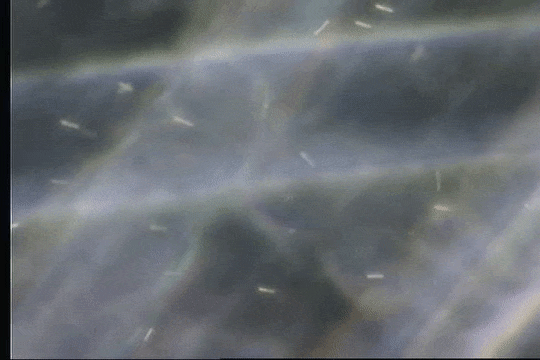
Catalytic nanomotors are microscopic particles that move through liquids by harnessing energy from chemical reactions on their surfaces. Despite their synthetic origins, their swift, purposeful movement closely resembles the swimming patterns of living microorganisms. These “zombie” particles have potential applications in targeted drug delivery and environmental cleanup, as they can navigate complex environments autonomously. Their behavior blurs the line between machine and microbe. Discover more about the fascinating world of nanomotors at ScienceDirect: Nanomotors.
7. Snowflake Formation

The growth of a snowflake is a mesmerizing example of self-organization in nature. As water molecules freeze, they assemble into highly intricate and unique patterns, echoing the organized development seen in living organisms. Despite being purely physical and chemical in origin, this process produces complex, beautiful structures that seem almost alive. The science behind snowflake formation reveals how non-living matter can mimic life’s creativity. To learn more, visit NOAA: Snowflake Science.
8. Fire

Fire is a striking example of a non-living phenomenon that mimics life. It consumes fuel, grows, moves, and even “reproduces” as it spreads from one area to another. Despite lacking cells, DNA, or any biological components, fire’s dynamic behavior and ability to propagate have long invited comparisons to living organisms. Its energy-driven expansion and transformation fascinate scientists and observers alike. To explore the science behind fire’s lifelike qualities, visit National Geographic: The Science of Fire.
9. Autocatalytic Chemical Networks

Some chemical systems defy expectations by catalyzing their own reactions, creating self-sustaining and growing networks. These autocatalytic sets behave with a surprising autonomy, fueling further reactions in a way that echoes metabolic networks in living cells. Scientists study these networks to understand how complex life could have arisen from simple chemistry. They offer a glimpse into the possible pathways from non-life to living systems. For a deeper dive into this fascinating topic, visit PNAS: Autocatalytic sets and the origin of life.
10. Computer Viruses

Computer viruses are digital “zombie molecules”—strands of code that show eerily life-like behaviors. Though entirely non-living, they can “infect” digital systems, self-replicate, and spread from one host to another, much like their biological counterparts. These malicious programs even adapt to new environments, using stealth and cunning to evade detection and persist. Their uncanny ability to proliferate and evolve in cyberspace blurs the line between artificial and organic threats. Learn more about how computer viruses operate at Kaspersky: What is a computer virus?.
11. Crystal Growth

Crystals are a fascinating example of non-living matter that organizes itself in highly ordered, beautiful structures. Through a process called self-assembly, atoms and molecules arrange into intricate, repeating patterns, forming everything from gemstones to table salt. This orderly growth process, driven by the underlying chemistry, is strikingly similar to the way living things develop and grow. Even without life, crystals display an almost biological precision. For more on how crystals form, see Britannica: Crystal growth.
12. Active Colloids
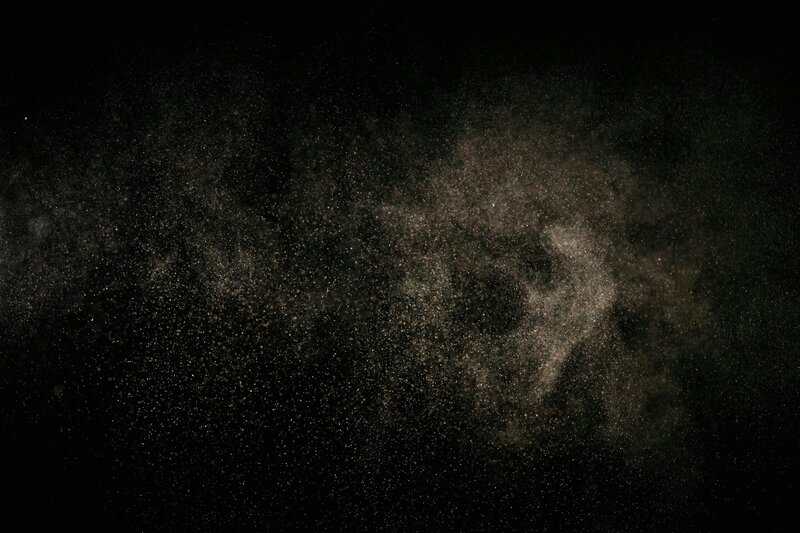
Active colloids are a remarkable class of synthetic particles that seem to defy the boundary between living and non-living. Powered by external energy sources—like light or chemical gradients—these particles can move independently, interact, and even form collective behaviors such as swarming or self-organization. Their lifelike motion and group dynamics closely resemble those of microorganisms, despite having no genetic material or metabolism. Scientists use active colloids to study the principles behind emergent behaviors in life. Delve deeper at Nature: Active colloids.
13. Janus Particles

Janus particles are ingeniously crafted microscopic spheres or rods with two chemically distinct sides. This unique duality allows them to move autonomously and assemble into complex patterns when suspended in fluids. Their ability to self-propel and organize is reminiscent of the behaviors seen in single-celled organisms, despite being entirely synthetic. These “zombie” particles offer exciting opportunities for research in targeted drug delivery and smart materials. To discover more about the science and promise of Janus particles, visit Science: Janus particles.
14. Chemical Oscillators

Chemical oscillators, like the famous Belousov-Zhabotinsky reaction, produce mesmerizing cycles of color and concentration changes in a repeating, rhythmic fashion. These non-living systems exhibit dynamic patterns that echo biological rhythms—such as heartbeats or circadian cycles—despite lacking any cellular components. Their lifelike periodicity fascinates chemists and biologists alike, offering a powerful analogy to living processes. For a closer look at chemical oscillators and their remarkable properties, visit Royal Society of Chemistry: Chemical oscillators.
15. Artificial Intelligence Agents
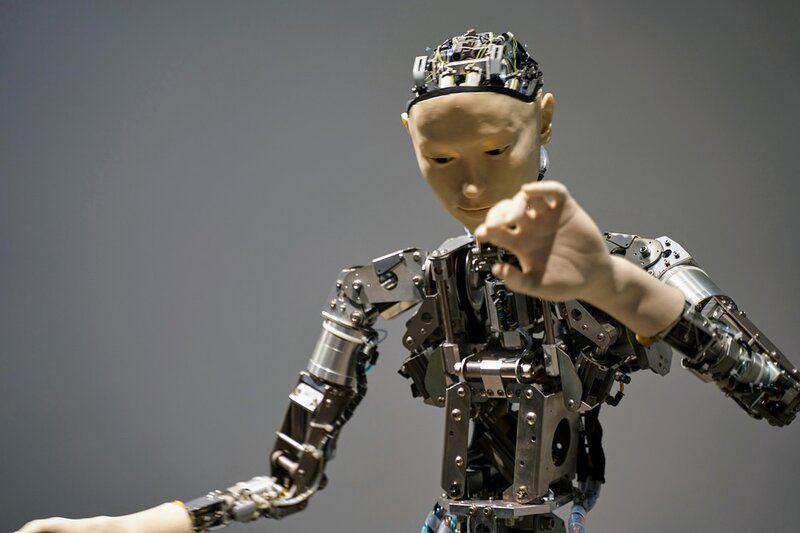
Artificial intelligence agents, whether embedded in robots or software, can learn, adapt, and interact with their environments in surprisingly life-like ways. These systems solve problems, respond to stimuli, and even “evolve” their strategies over time, blurring the boundary between machine and living organism. While AI lacks consciousness or biological processes, its autonomous, adaptive behaviors challenge our traditional definitions of life and intelligence. The influence of AI on our understanding of life is rapidly growing—learn more at Stanford: AI and Life.
Conclusion

The world of “zombie molecules” reveals just how thin the line between life and non-life can be. From self-replicating RNA and prions to AI agents and self-healing materials, non-living matter can exhibit astonishingly life-like behaviors. These discoveries not only challenge our definitions of life but also push the boundaries of scientific research, offering insights into origins, evolution, and the future of technology. As we explore these blurred boundaries, we’re reminded that life’s mysteries are often found where we least expect them—sometimes, in things that aren’t truly alive at all.
.article-content-img img { width: 100% }

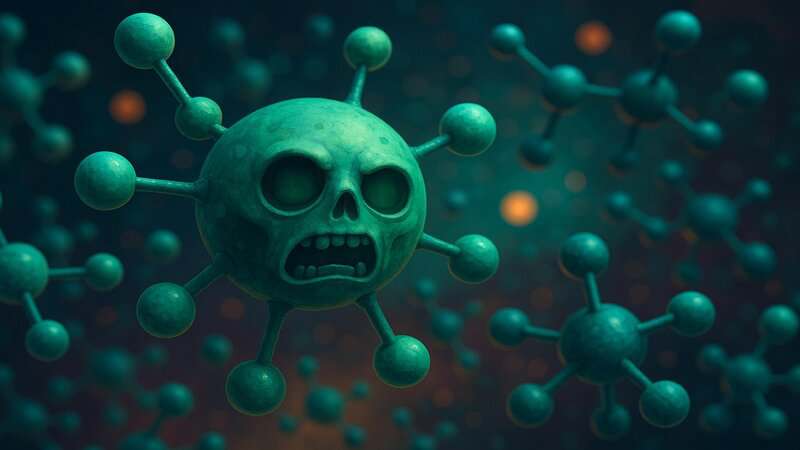

Vielleicht interessiert es Sie:
Wussten Sie! Minensuchratten auf dem Schlachtfeld und sie sind super effektiv!
Wie viele Giraffenarten gibt es? Leben sie alle in Afrika?
Der Vogel ist das Weibchen der Vögel: wahr oder falsch?
Warum bauen Biber Dämme? Welchen Nutzen?
Warum leben manche Tiere nachtaktiv? Welche Vorteile?
Küssen Tiere? Ist das die gleiche Bedeutung wie Menschen?
200+ Hilarious Seahorse Jokes That Will Make You Smile and Giggle
200+ Funny Investment Jokes to Boost Your Financial Humor Game